These five heroines have left a positive impact on the world in their own ways, transforming the lives of others and even the course of history through their actions and advocacies.
Not all heroes and heroines wear capes. In fact, many of history’s greatest change-makers didn’t sport flashy clothes or have supernatural powers. They say that what makes a good hero is bravery and compassion, and that’s true. Most of these inspiring individuals saved lives and changed society for the better possessed these qualities, which manifested through their personal beliefs, actions, and even words.
READ ALSO: Females In Power: 5 Extraordinary Women Who Thrived In Male-Dominated Fields
As it’s National Women’s Month, it’s important to remember amazing heroines across history who touched the lives of those around them through their talents, selfless acts, and everything in between:
Neerja Bhanot
On September 5, 1986, a group of four armed men hijacked Pan American Flight 73 at the Jinnah International Airport in Karachi, Pakistan. Both passengers and the flight crew experienced a harrowing, 17-hour ordeal with their lives on the line; however, one brave woman did everything she could to ensure they got out as safely as possible, even with her own life at risk.
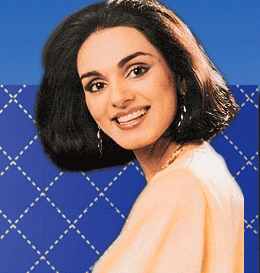
This was Neerja Bhanot, a senior flight purser who was only 22-years-old. Born and raised in India, Bhanot was a promising young woman who dedicated herself to her career. During the plane’s hijacking, she helped the cockpit crew escape and ground the plane, preventing the terrorists from flying it, according to Pan America.
She also hid the passports of passengers to ensure that the armed men wouldn’t know their nationalities, helping them through an emergency door so they could escape. While the hijackers opened fire on passengers, Bhanot lost her life shielding three young children from the shots.
According to NDTV, Bhanot died just two days before her 23rd birthday. In 1987, India gave her the Ashoka Chakra award posthumously, the highest civilian honor in the country. The Indian Postal Service also issued a stamp in her honor, while the the US Department of Justice gave her a Special Courage Award in 2006.
The 2016 movie Neerja adapted her life for the big screen, telling the story of her bravery to new generations. One of the children she had saved, who was seven at the time, grew up to become an airline captain, citing Bhanot as her inspiration, according to Preeti Panwar of One India.
María Orosa
The next female hero is the Philippines’ very own María Orosa, who was not only a brilliant food scientist, but also a notable war hero during World War II. Though Orosa never brandished a gun or fought in the front lines, she was the one who fed the guerillas and Filipino prisoners of war who did, reports Seth Mydans of The New York Times.
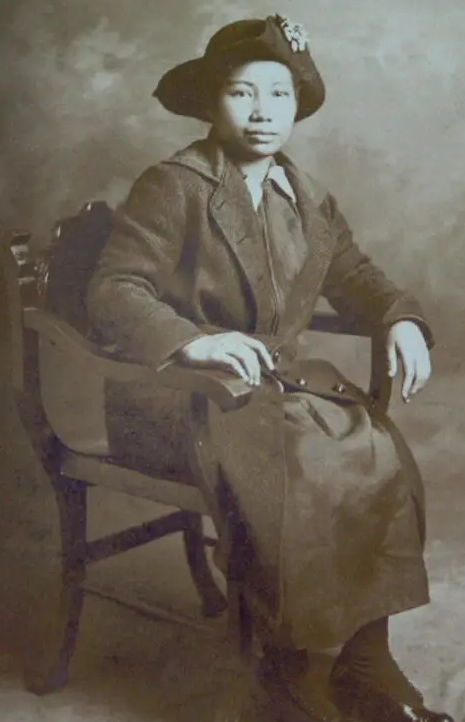
Whenever you open a bottle of delectable (and undoubtedly Filipino) banana ketchup, take a moment to thank Orosa, the mother of the innovative product. According to Asia Research News, the tasty condiment was part of Orosa’s efforts to create nutritious foods that manufacturers could preserve for long periods of time, given the food scarcity of her time.
Born in Taal Province, Batangas, Orosa witnessed the Philippine revolution and at a young age, saw her father fight against American colonization, writes the U.S. National Park Service. These formative years inspired her nationalistic views. At 23 years old, she studied at the University of Washington in Seattle, earning undergraduate and masters degrees in chemistry and pharmaceutical science.
During World War II, Orosa helped in war efforts by creating canned food innovations in her lab, as home canning was a rare sight in the country at the time. This not only filled the stomachs of her fellow Filipinos, but also curbed the country’s over dependence on foreign goods. Sadly, Orosa died when she was hit by shrapnel at the age of 51, reports Jessica Gingrich in Lady Science.
Despite her tragic end, Orosa is now a prominent figure in Philippine history, having saved the lives of thousands of Filipinos. She posthumously received several awards, including a medal of service from the American National Red Cross.
Shirley Chisholm
There’s still a lot of work to be done in fighting for a safe and inclusive society, but fortunately, there has been progress; all thanks to those who came before and began paving the way. Take Shirley Chisholm, a strong African-American woman who started her career as a nursery school teacher before going on to serve seven terms (14 years) as a member of the U.S. House of Representatives, according to National Geographic Kids.
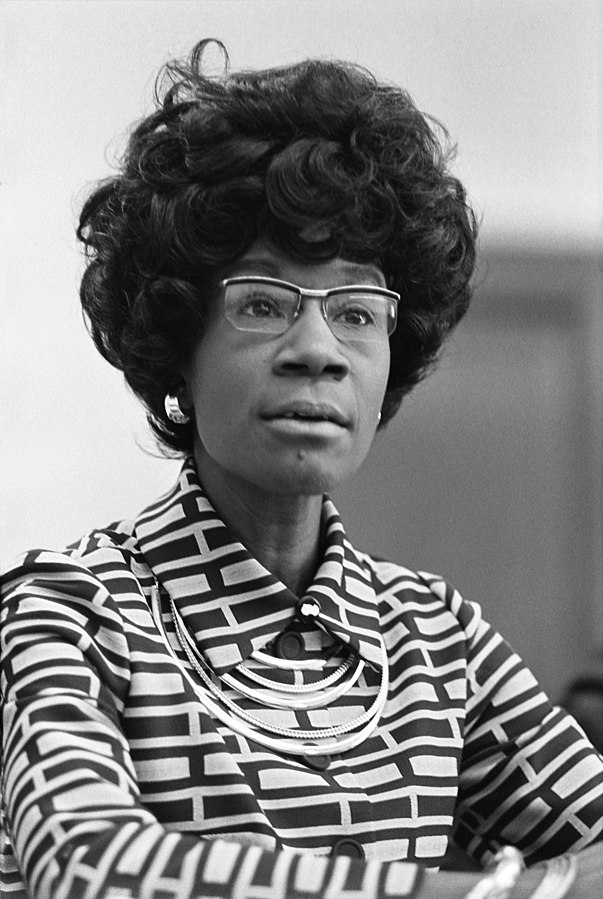
Born to immigrant parents in Brooklyn, New York, Chisholm was a brilliant student who graduated with honors and won prizes in her schools’ debate teams.She then earned a master’s degree from Columbia University in early childhood education. Though she worked as a nursery school teacher, Chisholm eventually ventured into politics to fight for gender equality, peace (in the midst of the Vietnam war), and minority groups, writes the National Women’s History Museum.
While Chisholm faced many challenges as a Black woman, she quickly climbed up the ranks, becoming the second African-American in the New York State Legislature by 1964, as well as the first Black woman (and second woman) to serve on the House Rules Committee by 1977.
Chisholm attempted to run for president in 1972 despite all the obstacles, including being blocked from participating in primary debates. Still, she earned 152 of the delegates’ votes, and showed the world what was possible for a woman like her.
Olivia B. Waxman of Time writes that during Chisholm’s 14 years in Congress, she helped expand the food stamp program and Special Supplemental Nutrition Program for Women, Infants, and Children (WIC). Recently, Netflix announced an upcoming biopic, Shirley, which honors her legacy.
Anne Frank
Anne Frank, the young Jewish girl who witnessed the horrors of Hitler’s war and persecution of her people, never intended to be a global inspiration—yet she still touches the lives of many through her words. Frank was only a young teenager when growing anti-semitism made her birthplace of Frankfurt, Germany increasingly unsafe for her and her family. So they moved to Amsterdam, where Frank’s father Otto began a business selling pectin, an ingredient in jams.
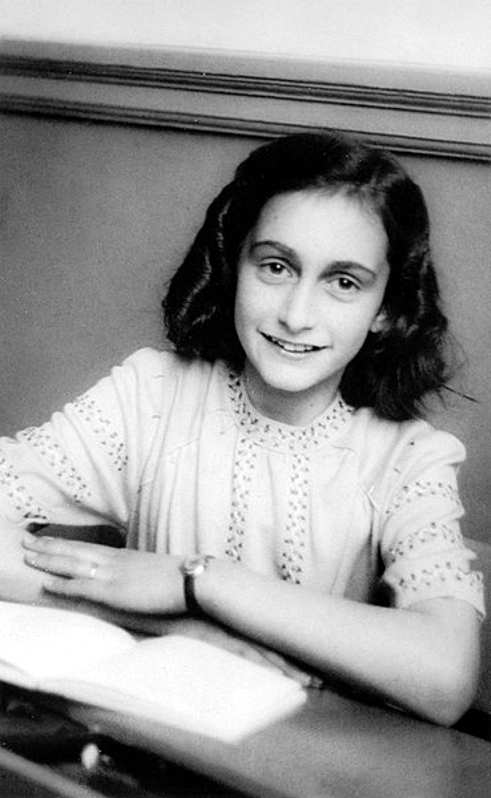
Things were relatively peaceful until Nazi forces invaded Amsterdam on May 10, 1940, just a few days short of the beginning of World War II. Laws prohibiting the movement of Jewish residents came into place, preventing them from holding businesses, and the Frank family began experiencing hard times. The Nazis began to become more aggressive, taking Jewish residents to concentration camps—where the horrors of the Holocaust took place.
Frank and her family went into hiding, but just shortly before this, she received a diary for her 13th birthday. In the notebook, Frank wrote entries that detailed the struggles they experienced in hiding before a raid sent her entire family to concentration camps. Frank and her sister Margot contracted typhus from the camps’ inhumane conditions, and their mother Edith died as well.
Otto was the only surviving member of the family, and managed to get a hold of his youngest daughter’s diary. He eventually published it for the whole world to see, honoring Frank’s wish to become a writer or journalist. Today, the young girl’s writings remain one of the most important war documents in existence, not only recording the struggles of genocide and discrimination, but also reminding the world of the human cost of war—the many hopes, joys, and individual lives lost over senseless violence.
Malala Yousafzai
Many people today are likely familiar with history’s more recent heroine, Malala Yousafzai, who continues to fight for the educational rights of girls around the world. In fact, this strong advocacy made her a target of Taliban forces in 2012, which nearly cost her her life.
Born in Mingora, Pakistan on July 12, 1997, Yousafzai was fortunate enough to be born into a family that wanted to give her the same opportunities as boys in her country, despite cultural and social limitations. Her father, in particular, ran a girls school in their village where she got to enjoy the company of other young girls and learn as much as she could.
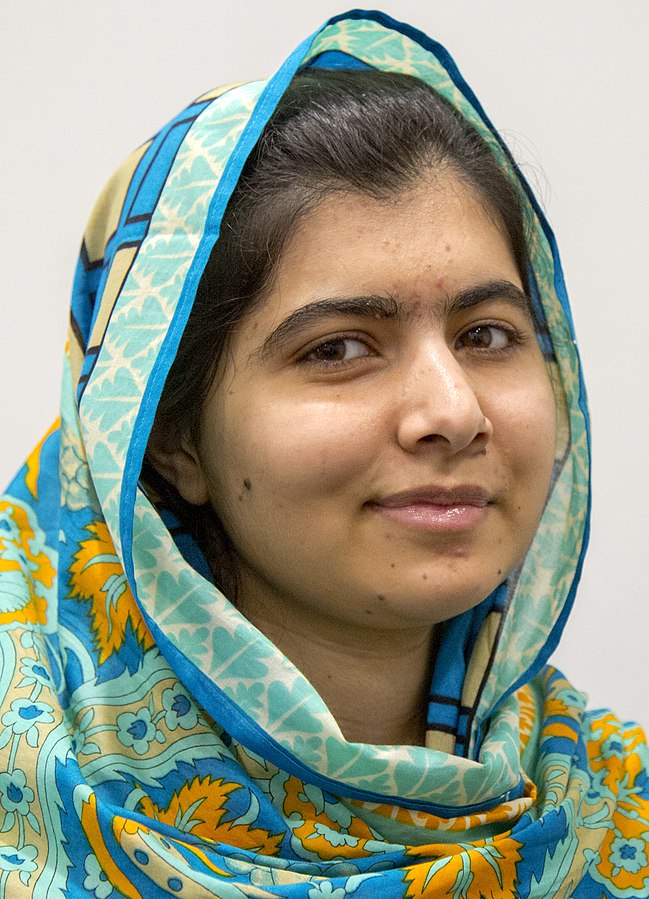
However, things took a turn for the worse when the Taliban took control of her town, prohibiting the education of women. Still, Yousafzai remained vocal about it through pseudonymous blog posts, which made her a target. In 2012, while she was riding a school bus, a gunman tracked her down and shot her in the head.
Thankfully, she survived the incident and received treatment in England. The entire ordeal was televised globally, and many learned about her moving advocacy and steely strength in the face of danger. While most people might choose to play it safe, Yousafzai wanted to keep fighting for change, and started the Malala Fund with her father to help young girls receive “12 years of free, safe, quality education,” according to the foundation’s website. The heroine herself continued her learning journey, studying Philosophy, Politics, and Economics at the University of Oxford.
In 2014, Yousafzai received the Nobel Peace Prize, becoming the youngest Nobel laureate in the prize’s history.
Banner photo via Wikimedia Commons.





